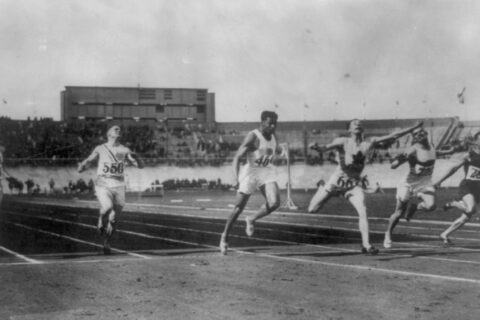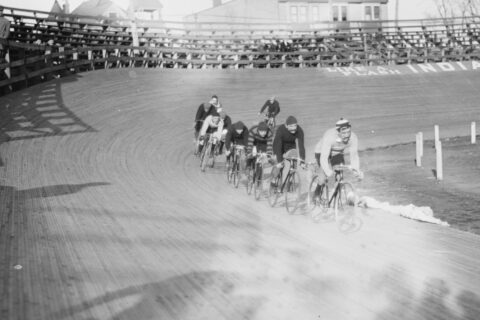It’s one thing to read about the polarized training approach, but how do you actually implement it into your training program and make it work for you each week? The short answer is it’s pretty simple. If you are a new endurance athlete, particularly if you have an underdeveloped aerobic engine, you will likely only need one interval session each week. In fact, you should consider doing little to no interval work for the first month or two of your base season. As you get fitter and closer to the season, you can add a second interval session per week, but don’t do more than two.
The rest of your time should all be around 65% of maximum heart rate. Try to include at least one long ride or run each week, which, depending on your experience level, could vary from 2.5 to five hours for your longest ride and up to two hours for your longest run (but we should stress here that this is highly unique to the individual and their current mileage and experience).
You can read more about the concepts and science behind polarized training in this How to Get Started with Polarized Training article.
What does a typical week look like following the polarized training model?
- One (maybe two) interval sessions
- 3-4 short Z1 sessions (1-2 hours for riding and 20 to 40 minutes for running)
- One long workout: as you get fitter, lengthen it, but don’t increase your heart rate
- Include core, strength, and recovery work (stretch, foam roll, gym)
RELATED: Try our Fast Talk Labs’ Strength Training Series
Effective interval workouts for athletes new to polarized training
During the base season, I strongly recommend threshold intervals, particularly for athletes who have an overdeveloped anaerobic system, since threshold work still maximizes aerobic metabolism. Two great workouts are:
5×5 minute thresholds with 1-minute recoveries
- Do a total of five efforts of five minutes with one-minute recoveries between them.
- Effort should be at or a little below threshold heart rate or about 100-105% of threshold power.
- Done correctly, all five intervals should be at the exact same power or pace.
- The first one should feel a little too easy, but the last one should feel pretty close to your limit.
4×8 minute thresholds with 2-minute recoveries
- This is very similar to the workout above.
- Effort should also be at or a little below threshold heart rate, but power should be at 100% of threshold power.
As you get into the season or close to an important event, switching to interval work that adds in a little more anaerobic work is important. Just remember that you only need about six sessions (in total, not per week). There are many options, but a few recommendations include:
Two sets of 6×2 minute efforts with 2-minute recoveries
- These are very hard.
- They should be done at the highest power or pace you can sustain across all six intervals, approximately 120-140% of threshold power or pace.
- If you are cycling, I recommend using a climb and starting at the same spot with each interval—try to finish every interval at the same spot. Then turn around and recover with the descent.
Two sets of 10x20x10 Tabata Intervals
- Tabatas are great intervals for building both your aerobic and anaerobic systems.
- Alternate 20 seconds all-out with 10-second recoveries at a very easy power or pace; repeat 10 times in a set.
Looking for more workouts? Try some of these from coach Ryan Bolton: Polarized Training for Runners or Polarized Workouts for Triathletes.




